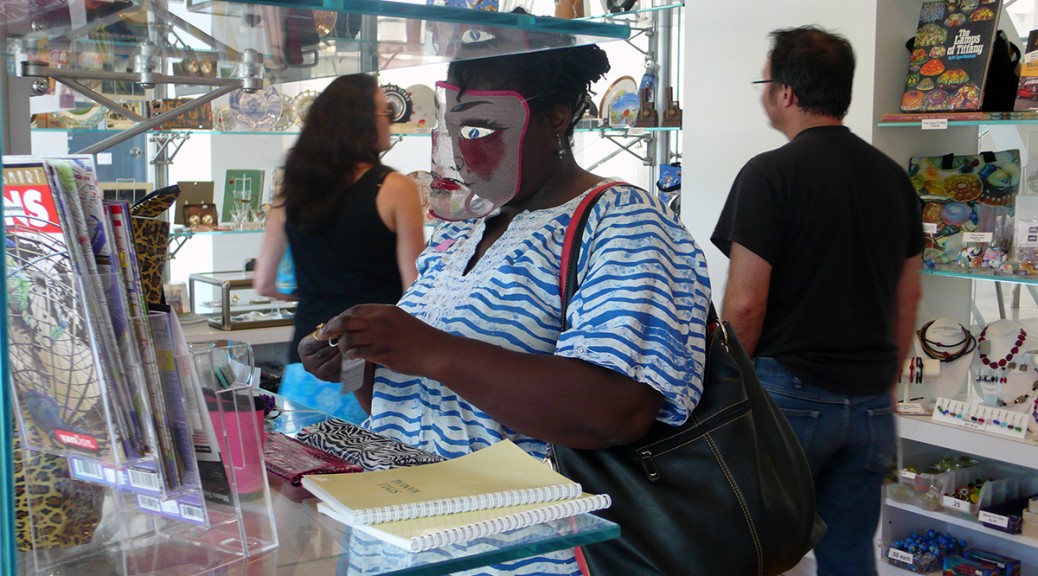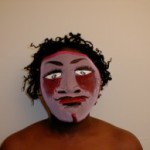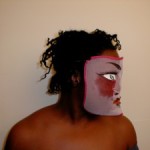ROSAMOND S. KING
TransTemporal Jamette
As a performance artist, I am often concerned with the many ways the body can speak and be understood – outside of simply talking. The first exercise in the course Life as Material for Art and Vice Versa instructed us to look at our closets, and that made me think about what our clothes can say about us. In TransTemporal Jamette, a series of photographs I am working on, I will dress in “traditional” and contemporary male clothing from several different cultures. I am very interested in the fact that what is seen as “drag” in one place or culture is not read that way in another context. For instance, I own “men’s” tuxedo pants, shorts, and African and Indian shirts – but I don’t think I’m seen as cross-dressing or wearing drag when I wear them in New York City, though I would not wear a men’s shirt in West Africa because it would be noticed.
The term jamette refers to a group of men and women in 19th century Trinidad – most formerly enslaved – who were considered “low-lifes” (literally – the term comes from the people who were below the diameter [diamêtre in French] of society). The women in particular were criticized for scandalous behavior, including cross-dressing as white men during carnival and protesting against inequality (everything from police harassment to a lack of clean water). My project, involving both gender and cultural cross-dressing, is definitely in that spirit. As a further nod to the original jamettes, I will wear a wire mask similar to those common among black carnival masqueraders in 19th century Trinidad – so transtemporal means that I hope to take the jamettes through time, from the 19th to the 21st century. The trans of the title also refers to transvestism (cross-dressing) and transnationalism (across countries or cultures).




